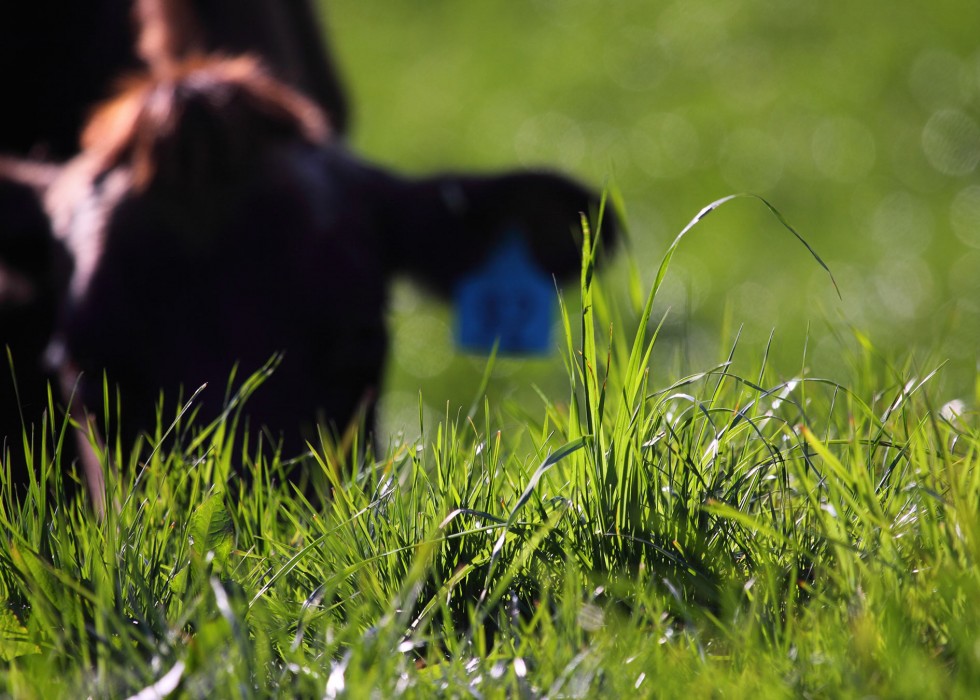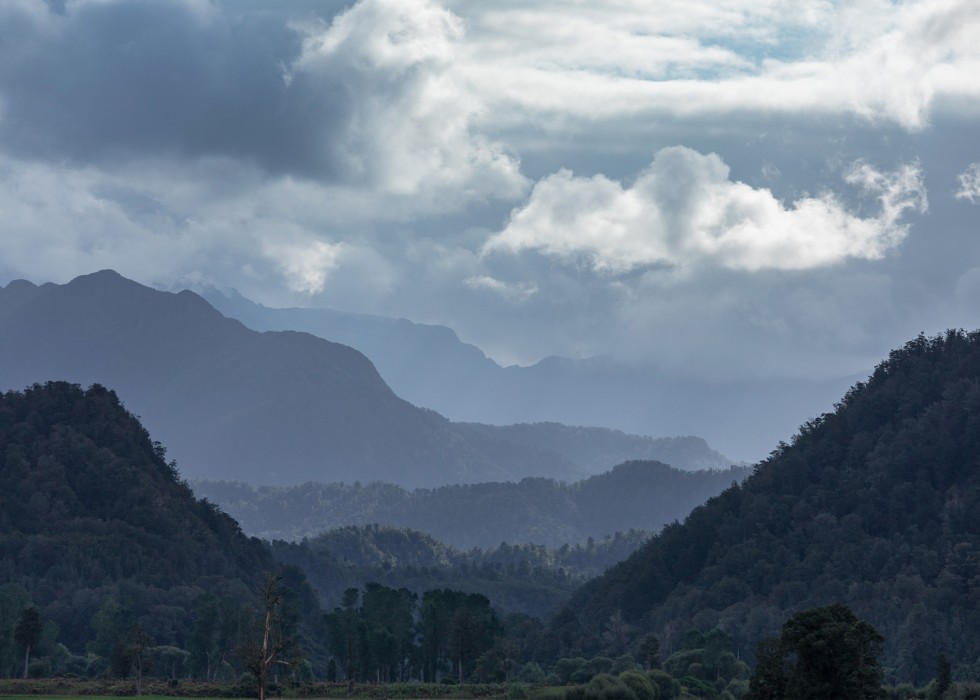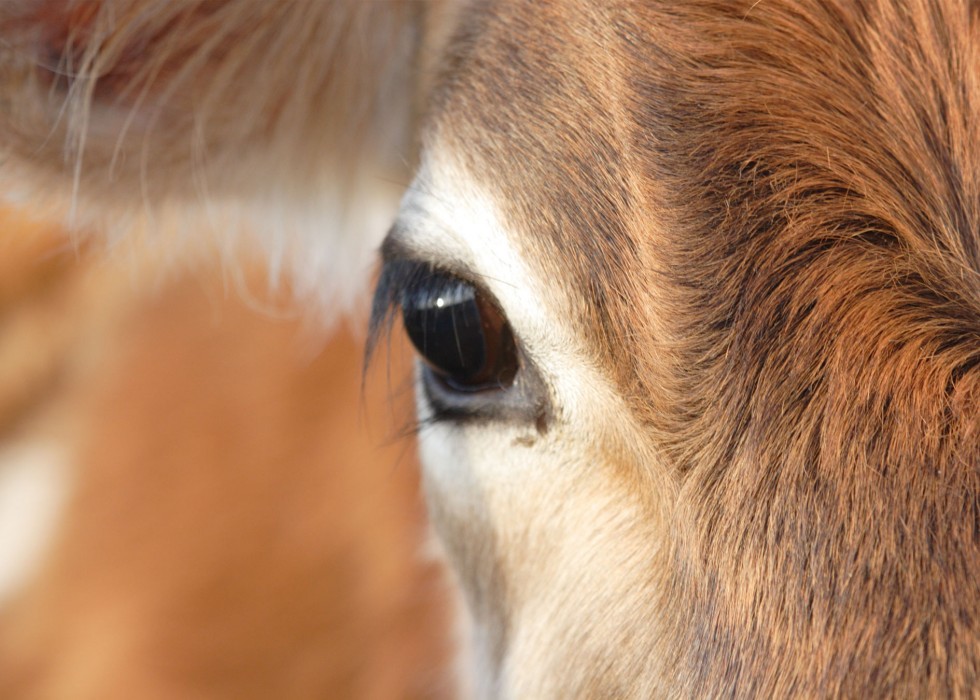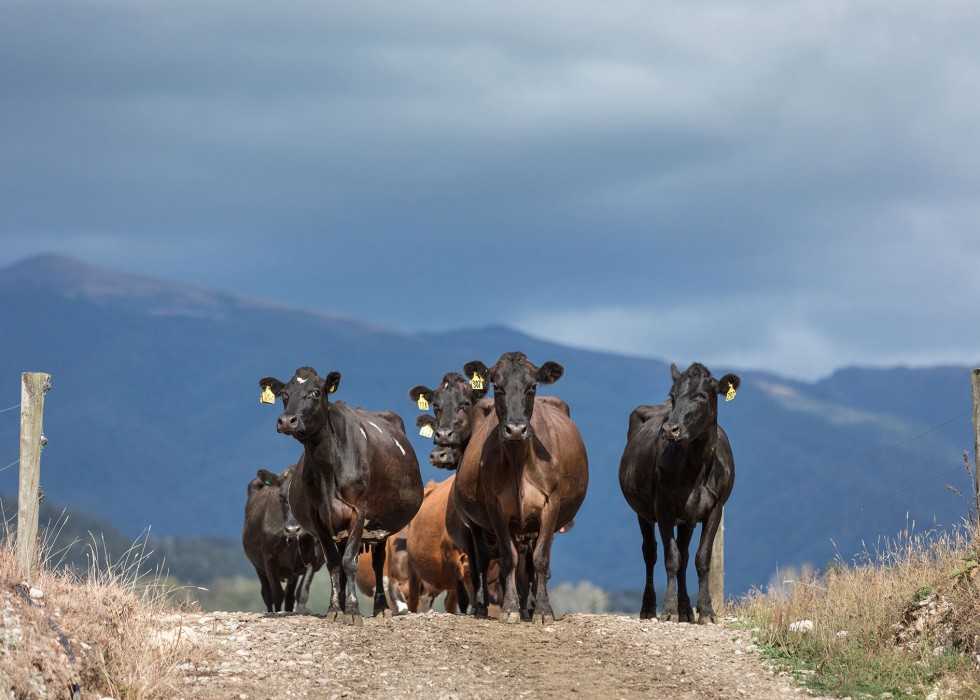Grass-fed systems, like the one our farmers use, are rare in other countries. At the 2018 Grass-fed Dairy Conference, Ireland’s Agriculture and Food Development Authority (Teagasc) reported that up to 90% of the world’s milk is produced by cows that don’t graze. Those cows eat some grass, but are also fed a diet of corn, soy, alfalfa, barley and other grains.
Find out here how Westgold defines grass-fed.
Many experts believe a grass-fed system is superior. Why is that?
For starters, it’s a more environmentally friendly way of farming for a few reasons:
- Grass -fed herds have far fewer (if any) grains and cereals in their diet.
- Additionally, their manure helps to keep the land healthy by restoring the diversity of microbes in the soil, making flooding and drought less likely.
- Their presence boosts the nutrient content of the plants and grasses growing on the land.
- And finally, since grasses trap atmospheric carbon dioxide, a grass-fed system can even help fight climate change.
It's also said that cows allowed to lead a natural life live longer than those that don’t and that those cows that graze freely are healthier than cows who aren’t free-range. They also have better welfare conditions.
Scientific evidence shows that dairy products made from the milk of free-range cows not only tastes better but is also more nutritious than milk produced by cows that don’t graze and/or have a high proportion of cereal and grains in their diet1. The four-part stomach of cows, especially the rumen, is designed for coarse fodder such as grass.
An Austrian study2 showed that cows raised entirely on grass and alpine pastures produce milk with less saturated fatty acids and more unsaturated fatty acids than milk from intensively farmed cows. Grass-fed cows also have a higher proportion of the conjugated linoleic acid (CLA) in their milk, which has been shown to have lots of beneficial effects in human health. CLA reduces body fat, lowers the risk of cardiovascular diseases and cancer, modulates immune and inflammatory responses and improves bone mass3.
2Werner Lampert. The Cow: A tribute. Kempen, Germany. teNeues Media GmbH & Co. KG. 2019
Free-range farming is good for the land, good for the animals and great for our dairy products. The only time our cows aren’t grazing under big skies is when they come in to be milked, or – very rarely and on very few farms – when bad weather forces them into large sheds temporarily. This makes for very hardy, happy cows and milk that showcases the natural richness of their outdoor lifestyle and those lush green pastures.
How is this different to the way other countries farm?
Many countries have more intensive dairy systems than New Zealand, either because there isn’t as much available land for farming and/or because of their weather is more extreme. Cows in these countries are often housed in large sheds for many months over the milking season.








